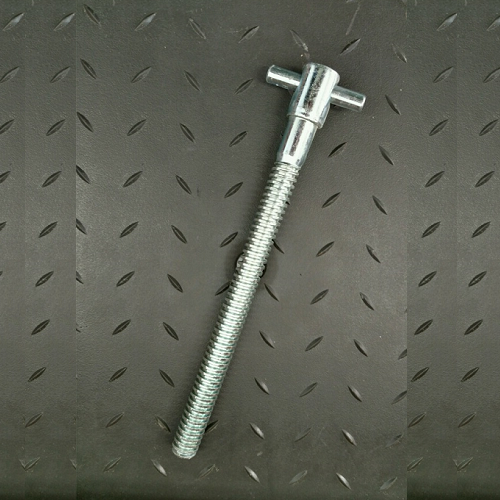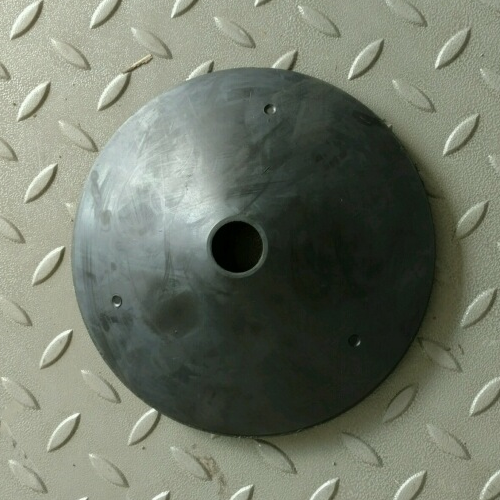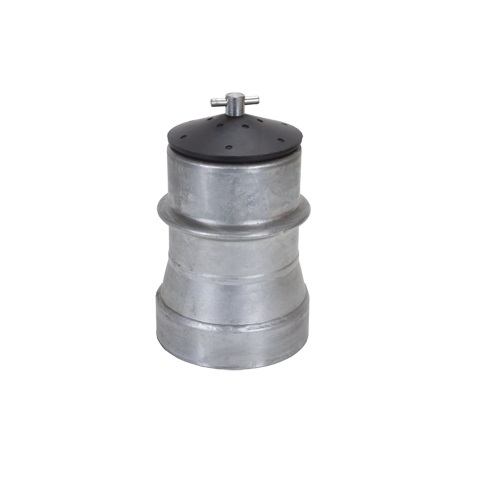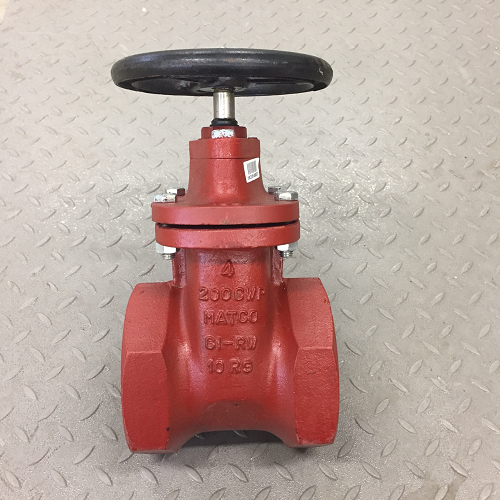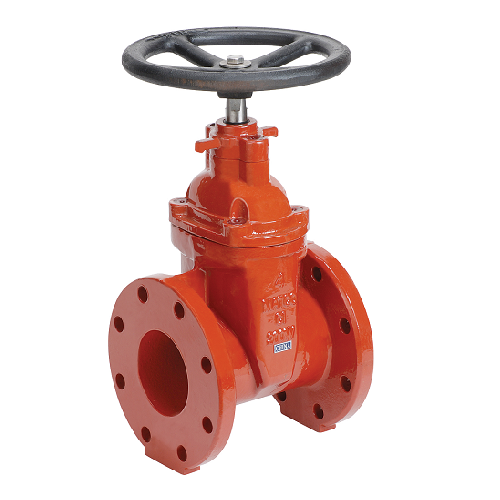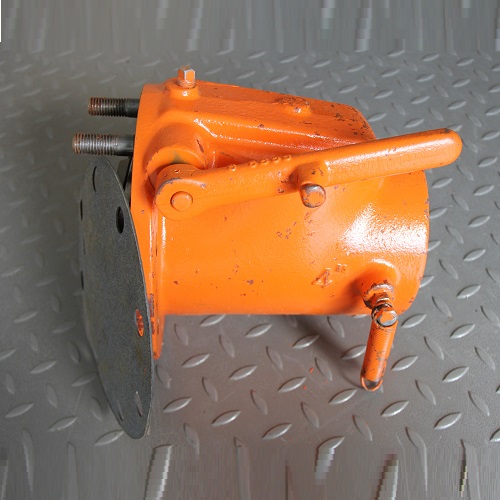A Riser Valve Stub Stem is a component in irrigation systems that connects a riser pipe to a valve, acting as an intermediary that ensures secure and functional integration. It plays a crucial role in the system’s flow management, allowing water to pass through from the riser to the valve or other components.
Key Features:
- Stub Design:
- The “stub” refers to a short section of pipe or fitting designed to connect the riser (a vertical pipe in irrigation) to a valve.
- Ensures a smooth transition between components, maintaining system integrity.
- Stem Functionality:
- The “stem” acts as the central conduit, allowing water flow while providing structural support to the valve connection.
- Typically designed to withstand water pressure and environmental stress.
- Material:
- Often made from durable materials like galvanized steel, brass, or high-grade plastic to resist corrosion and wear in outdoor environments.
- Selected based on compatibility with the irrigation system’s needs, such as pressure levels and water quality.
- Connection Type:
- The stub stem often includes threads, flanges, or other coupling mechanisms for secure attachment to valves or risers.
- Customization:
- Available in various sizes and configurations to fit different valve and riser types.
Common Applications:
- Irrigation Systems: Used to connect vertical risers to valves for water control in sprinkler or drip systems.
- Flow Regulation: Facilitates the installation of valves that manage flow to specific irrigation zones.
- Agricultural and Landscape Irrigation: Provides a reliable connection for systems requiring durability and frequent maintenance.
Benefits:
- Simplifies valve installation and replacement.
- Maintains a secure, leak-free connection.
- Resistant to environmental factors, ensuring long-term functionality.
In summary, a Riser Valve Stub Stem is a vital irrigation system component that connects risers to valves, enabling efficient water flow control while ensuring durability and ease of maintenance.


